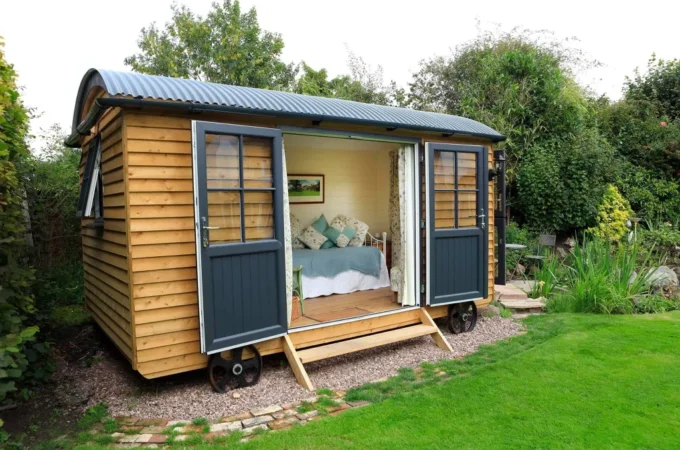
Finding The Right Radiator For Your Kitchen
Kitchens are usually the warmest and, in some cases, the busiest part of most houses.
In winter, the kitchen tends to be cooler than usual, and during this time, you might find yourself in need of a heater to keep your kitchen toasty.
Winters do not last an eternity, making it difficult to know how to introduce a heating system into your kitchen.
The perfect way to heat your kitchen is through the use of radiators.
Radiators are heat exchange mechanisms or devices used to heat a room. They consist of a series of pipes for disseminating steam or hot water to heat rooms or houses.
Radiators come in various sizes, shapes, and materials. There is a fantastic range of designs and styles of radiators and you can order yours at Trade Radiators.
Through this guide, we will tell you the best radiator options for your kitchen, enabling you to make a perfect choice.
Guidelines to finding your Perfect Kitchen Radiator
1.Radiator shapes
There isn’t a lot of space for a radiator when you factor in several cooking appliances and food prep areas available in the kitchen. Managing space in a kitchen is ideal.
For this reason, a vertical radiator makes the most sense as it can free up a lot of space in the kitchen by also serving as a towel rail.
This gives a compact heating solution that will provide you with the warmth you need and help embellish your kitchen with a beautiful design.

2. Radiator Materials
The material your radiator is made from determines how fast it heats up and also cools down. Although an aluminium radiator is the best option, this can be the priciest type of radiator, so if you are working on a budget it may not be the best choice for you.
Let’s look into common radiator materials:
- Mild steel: Steel radiators are standard amongst current designers because it’s cheap and it can be shaped into all sorts of colourful and beautiful styles. If you want to buy a few radiators whilst on a budget, then steel is best. But keep in mind that this material is susceptible to rusting.
- Stainless steel: This is an advanced material when compared with mild steel. This radiator heats up quickly and does not require a lot of maintenance as it does not rust. The price is also slightly higher than that of the mild steel.
- Cast iron: Research has proved that the durability and conductivity of this material is better than that of steel. Although this material takes a long time to stabilise temperatures, it can radiate heat for a substantial period of time even once the radiator is turned off. Cast iron contains large amounts of carbon and this allows the material to retain heat for a more extended period than steel.
- Aluminium: As stated earlier, this is the best of all radiator materials. Aluminium has good thermal and electrical conductivity, and this makes it easy to get accurate temperatures, saves you stress and money in the long run. It heats up frenetically and cools off fast. If you can afford it, it would definitely be the best value for money.
3. Radiator size
To work out what radiator size you should purchase, you need to know the temperature you want the radiator to sustain and the heat loss from the kitchen. A quick and effective way to calculate the size of the radiator needed is using a BTU calculator.
It is crucial to know the targeted size of the radiator you need, as too big will overshoot the temperature, and too small will not reach your desired temperature.

Final Thoughts
Get creative in your expedition for the perfect kitchen radiators, particularly if you don’t have a lot of space to work with.
There are various available shapes, sizes, and designs of radiators. You can narrow down what you want and what would suit your kitchen interior using the guidelines above.




